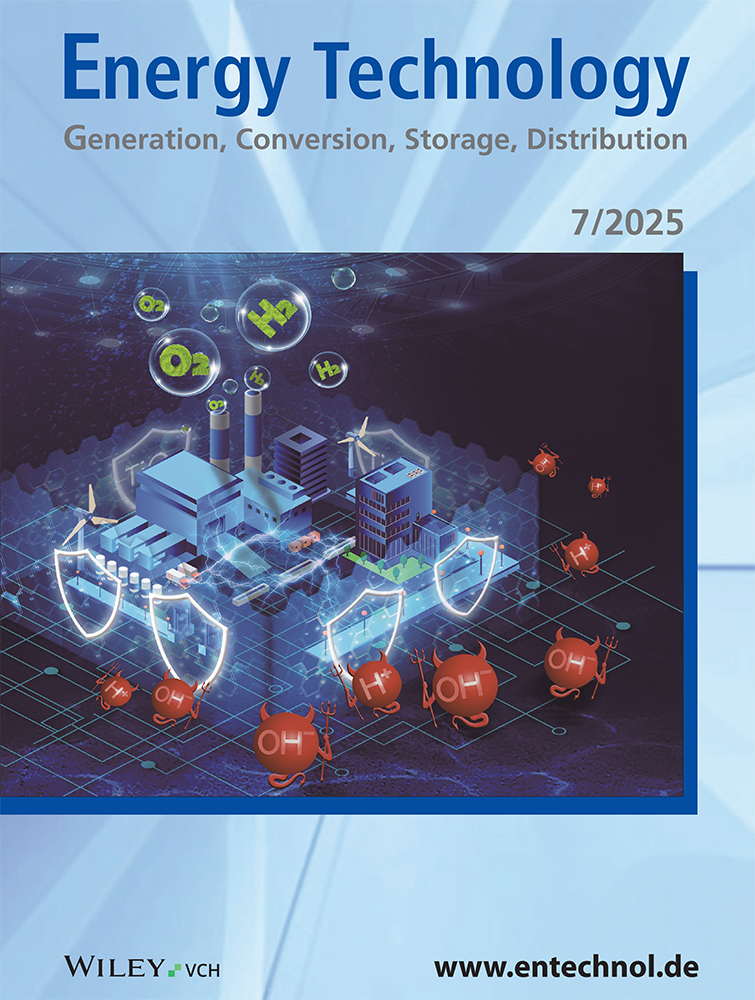Hydrogen Leakage Simulation and Optimization of Sensor Layout for Hydrogen Supply Systems in Fuel Cell Truck
Abstract
High-pressure hydrogen leakage may undergo self-ignition and lead to explosion even in the absence of an ignition source, making leakage detection critical for ensuring vehicle safety. A pseudo-diameter model is introduced to convert high-pressure hydrogen leakage into low-pressure leakage, aiming to eliminate the impact of shockwave structures on simulation accuracy. The influence of leak location, leak hole diameter, and leak direction on hydrogen diffusion and detection is investigated in detail. Additionally, a fault database for hydrogen leakage scenarios is constructed, and the accuracy and validity of the data are verified through experiments. For sensor layout optimization, two objectives are considered: minimizing detection time and maximizing fault scenario coverage. A multiobjective optimization method based on the nondominated sorting genetic algorithm II is proposed. The results demonstrate that leak hole diameter and leak direction significantly influence hydrogen diffusion and detection time, while the impact of leak location is relatively minor. After sensor layout optimization, a 100% fault scenario coverage rate and an average fault detection time of 0.92 s can be achieved.
Conflict of Interest
The authors declare no conflict of interest.
Open Research
Data Availability Statement
The data that support the findings of this study are available on request from the corresponding author. The data are not publicly available due to privacy or ethical restrictions.




